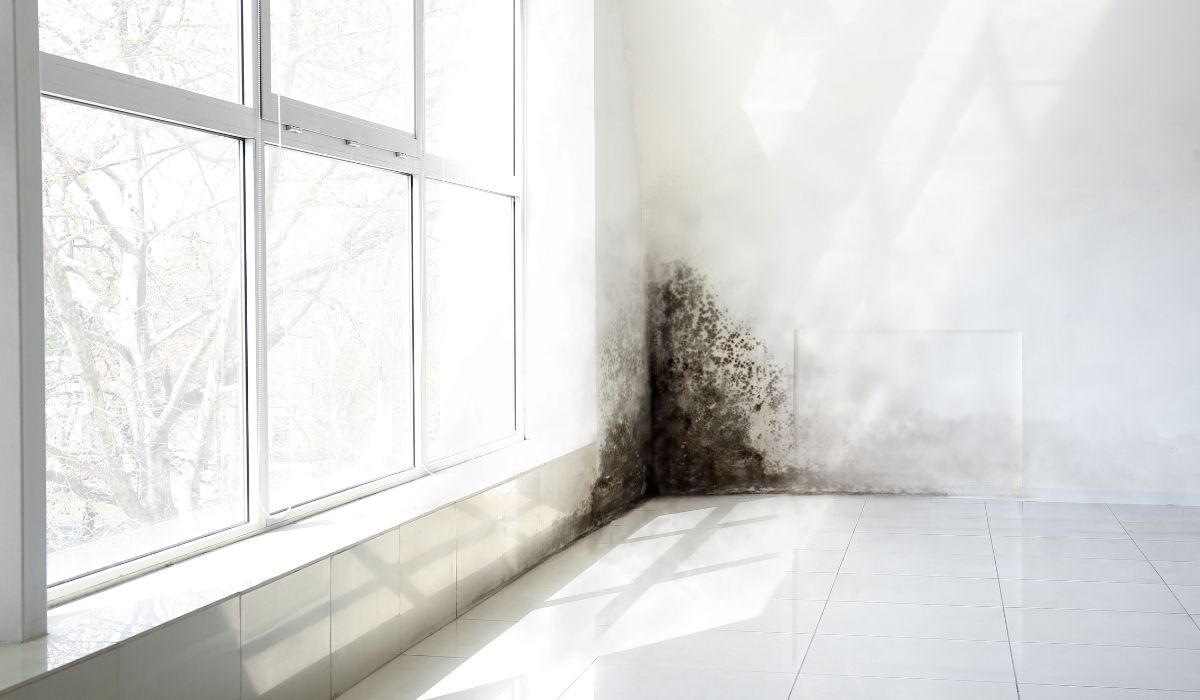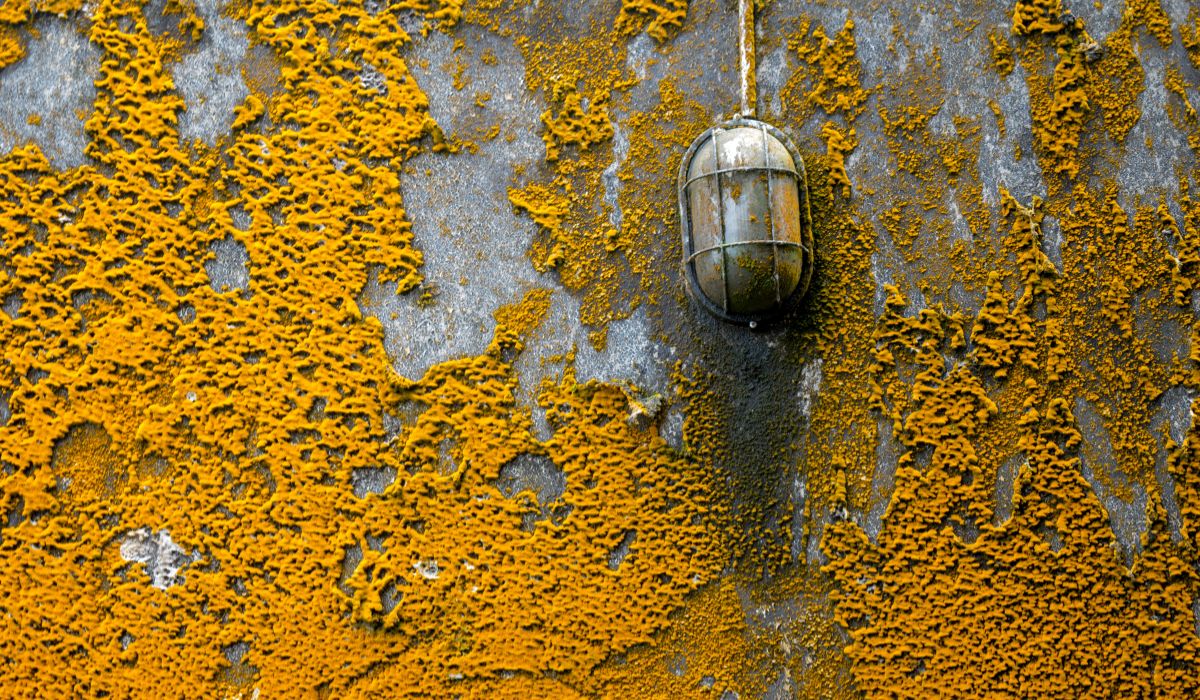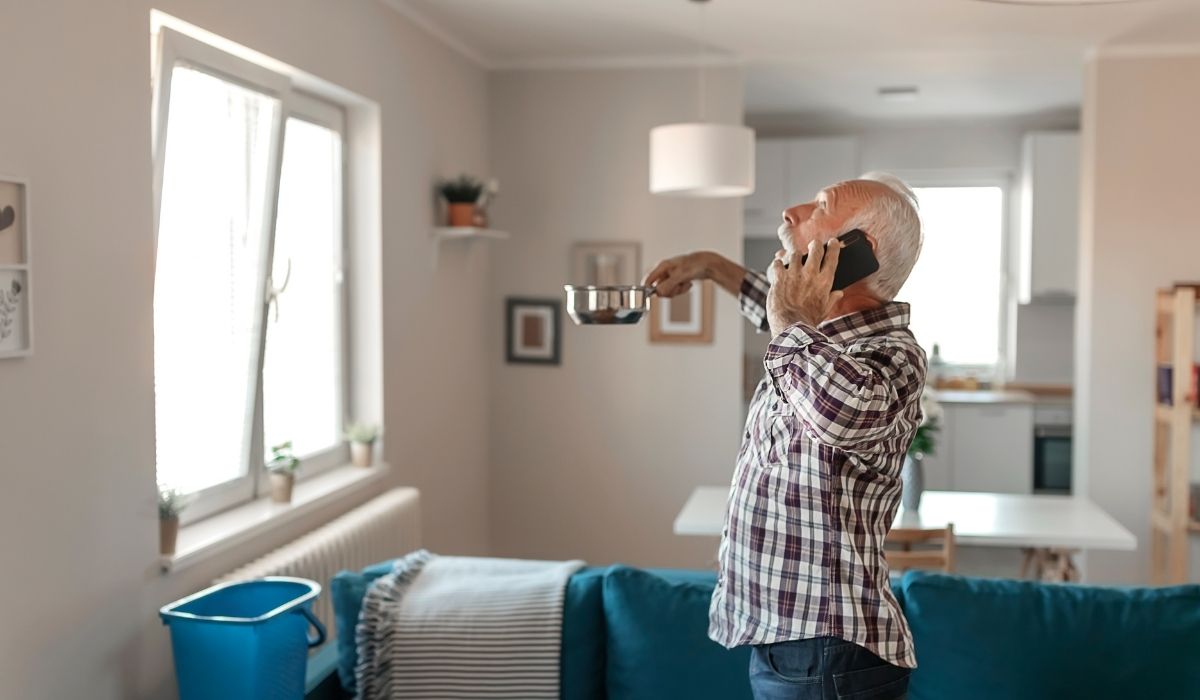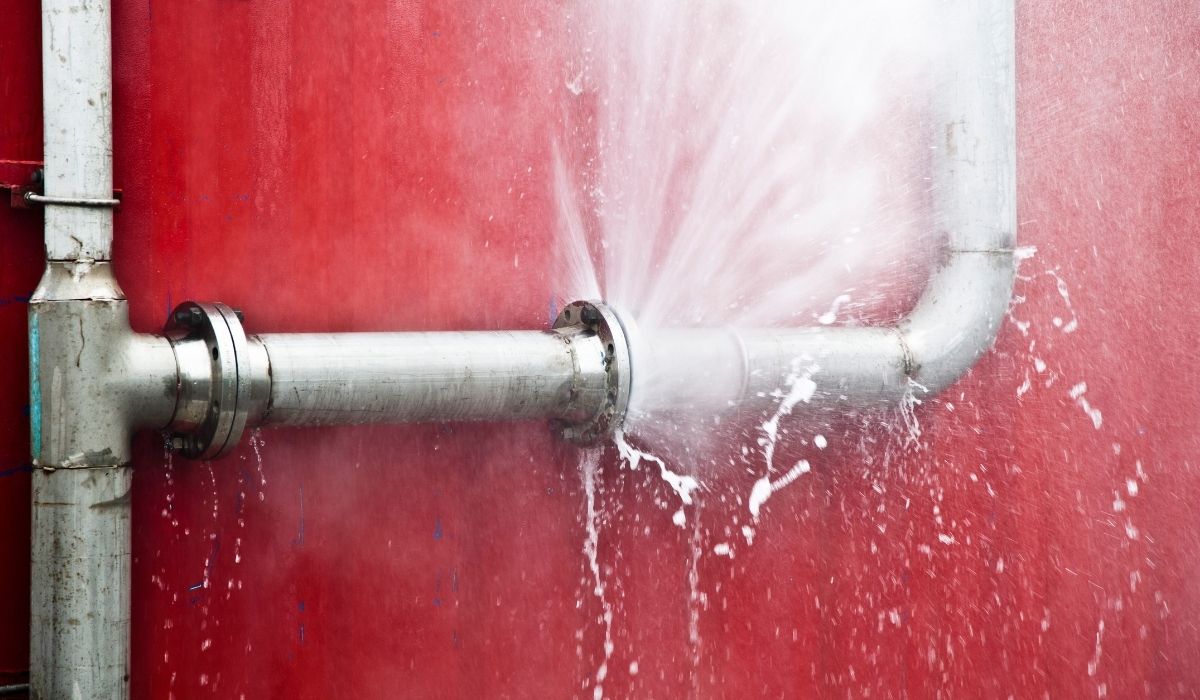How Can You Tell If Mold Is Growing Behind Walls
Have you ever smelled something musty in your home but couldn’t figure out where it was coming from? That smell could be a sign of hidden mold growing inside your walls. Mold can start to grow when there’s moisture from a leak, flood, or even poor ventilation. Knowing how to tell if mold is growing behind walls is important for your health and your home’s safety.
Let’s explore the signs of mold, how to detect it, and what to do if you find it. Reviewed by Preferred Restoration.
What Causes Mold to Grow Behind Walls?
Mold needs three main things to grow: moisture, warmth, and a food source like drywall or wood. When these elements come together, mold spores in the air can begin to grow behind your walls.
Common Causes of Hidden Mold
- Water leaks: A small plumbing leak behind a wall can lead to hidden moisture and mold growth.
- Roof leaks: Water dripping from the roof or attic can travel down walls and cause damage.
- Flooding: Even after cleaning, water may remain trapped inside drywall or insulation.
- Condensation: Moisture from air conditioning or humidifiers can build up on cold surfaces.
- Poor ventilation: Bathrooms, basements, and attics without good airflow can trap humidity.
When water sits inside walls, it can quickly lead to mold inside walls that spreads unseen.

Why Hidden Mold Is Dangerous
You might not see mold growing behind the wall, but it can still harm your health and your home.
Health Risks of Indoor Mold
Mold releases tiny mold spores into the air, which can cause:
- Allergies and irritation of the eyes, nose, and throat
- Coughing or breathing problems
- Asthma attacks in sensitive people
- Skin irritation
- Toxic reactions from certain types like black mold
Damage to Your Property
Over time, mold can cause serious damage to your walls, wood, and insulation. It can ruin drywall, weaken building insulation, and lower your indoor air quality.
That’s why early inspection and remediation are key to preventing costly mold removal projects later.
Signs of Mold Growing Behind Walls
If you’re wondering how to detect mold behind walls, look for these warning signs.
1. Musty Odor
Your sense of smell can be one of the first signs. A strong, musty odor often means hidden mold is present, even if you can’t see it.
2. Discoloration or Stains on Walls
If your walls have yellow, brown, or black stains, that could mean moisture has entered. Black mold often leaves dark, slimy spots or fuzzy patches.
3. Peeling Paint or Bubbling Wallpaper
When water gets trapped inside walls, it can make paint peel or wallpaper bubble. This is a sign that moisture and possibly mold are inside.
4. Soft or Warped Drywall
Gently press the wall. If it feels soft or warped, water has likely damaged it, and mold growth may be hidden behind.
5. Allergy or Health Symptoms
If you or your family have allergy symptoms like sneezing, coughing, or itchy eyes that get worse indoors, indoor mold could be to blame.
6. Recent Water Damage
If your home has had a flood, leak, or roof damage, mold may start to grow within 24–48 hours.
7. Condensation and Humidity
If you notice condensation around your bathroom, attic, or basement, it may be a sign of too much moisture in the air — a perfect condition for mold.
Where Mold Commonly Hides in Homes
Mold can grow almost anywhere moisture exists. But some spots are more at risk than others.
1. Behind Bathroom Walls
Frequent shower use, leaky sinks, and poor ventilation make bathrooms a top location for hidden mold.
2. Inside the Basement
Basements are often damp due to poor ventilation, flooding, or groundwater seepage. Mold thrives in these dark, humid areas.
3. Around Plumbing and Under Sinks
Even a slow plumbing leak can lead to mold inside walls or under cabinets near the sink.
4. Behind Drywall or Insulation
Moisture trapped behind drywall or building insulation can go unnoticed for months, leading to hidden mold growth.
5. In the Attic or Roof Area
A roof leak, rain, or poor insulation can create a damp attic that encourages mold.
How to Detect Mold Behind Walls
If you can’t see it, how do you know it’s there? Here are a few ways to detect mold behind walls.
1. Use Your Nose
A musty odor or earthy smell coming from one part of your house can be a clue. Your sense of smell is one of the first tools for detecting hidden mold.
2. Check for Moisture
Use a moisture meter to check for dampness in your walls, especially near the bathroom, kitchen, or basement.
3. Inspect for Leaks
Check plumbing, the roof, and air conditioning systems for leaks. Even a small drip can create a big problem.
4. Look Behind Baseboards or Outlets
Sometimes, you can remove a small section of baseboard or outlet cover to check for visible mold inside.
5. Hire a Professional Mold Inspection
A mold remediation expert can use tools like infrared cameras and humidity meters to find hidden moisture and mold without tearing down walls.
What to Do If You Find Mold Behind Walls
If you discover mold inside your walls, don’t ignore it. Mold spreads quickly and can damage your home’s structure.
1. Stop the Source of Moisture
Before cleaning, fix the leak, roof problem, or ventilation issue causing the moisture.
2. Protect Yourself
Wear personal protective equipment like gloves, goggles, and a mask to avoid breathing mold spores.
3. Avoid Using Bleach
While bleach can clean surfaces, it doesn’t reach deep inside drywall or wood. This means mold can come back.
4. Use a Dehumidifier
Reduce humidity with a dehumidifier or air conditioner to stop future mold growth.
5. Call a Professional
A mold remediation or water damage restoration company can safely remove the mold, dry the area, and repair damaged materials.
Professional remediation helps ensure that all mold — even the hidden mold — is completely removed and won’t return.
How to Prevent Mold Growth Behind Walls
Prevention is the best way to avoid future mold problems.
1. Control Humidity Levels
Keep indoor humidity between 30%–50% using a dehumidifier or air conditioning system.
2. Fix Leaks Quickly
Inspect your plumbing, roof, and air conditioning units regularly to prevent water damage.
3. Improve Ventilation
Install fans in your bathroom, attic, and basement to move air and reduce condensation.
4. Use Mold-Resistant Materials
If you’re remodeling, choose mold-resistant drywall, paint, and building insulation.
5. Clean and Dry After Floods
After a flood or heavy rain, dry the area within 24–48 hours to prevent mold growth.
6. Monitor Indoor Air Quality
Use an indoor air quality monitor to detect rising humidity or air pollutants that could lead to mold.
When to Call a Mold Remediation Company
If you see large patches of black mold, or if mold keeps coming back after cleaning, it’s time to call a mold remediation company.
Professionals have the tools and training to:
- Identify the source of water damage
- Safely remove contaminated materials
- Restore your home to a healthy state
Attempting to clean hidden mold yourself may make it worse by spreading mold spores.
A certified restoration company can handle both mold removal and water damage restoration, ensuring your home is safe, dry, and clean.
The Role of Insurance in Mold Damage
Many homeowners wonder if their insurance company will cover mold damage.
When Insurance Might Help
- Sudden leaks from plumbing or appliances
- Roof leaks caused by a covered storm or hail
- Water damage from a burst pipe
When Insurance Might Not Help
- Long-term neglect or ignored leaks
- Humidity or poor ventilation problems
Always read your policy and speak with your insurance company after discovering mold.
The Importance of Professional Inspection
Sometimes, hidden mold can grow for months before being discovered.
A professional inspection can check areas you might miss, such as:
- Inside drywall cavities
- Under floorboards
- Behind insulation
- Inside HVAC systems
Early inspection and remediation help protect your health and prevent more expensive damage later.
Maintaining a Mold-Free Home
Once your mold problem is solved, regular upkeep helps keep your home mold-free.
Tips for Long-Term Prevention
- Run bathroom fans during and after showers
- Wipe down surfaces after water exposure
- Check your roof and gutters after heavy rain
- Keep your air conditioning filters clean
- Use a humidifier carefully and don’t over-moisturize the air
Staying proactive helps prevent future mold inside walls or other hidden areas.
Final Thoughts
If you suspect mold behind your walls, don’t ignore the signs. Musty odors, stains, leaks, or humidity could all mean there’s hidden mold damaging your home and affecting your health.
Early detection, inspection, and professional remediation are the best ways to protect your property and your family.
Remember, mold thrives where there’s moisture, so keeping your home dry, well-ventilated, and clean is key to stopping mold before it starts.

FAQs About Mold Growing Behind Walls
1. How do I know if there’s mold behind my walls?
Look for musty odors, discoloration, peeling paint, or soft drywall. You may also notice allergy symptoms or worsening indoor air quality.
2. Can I remove mold myself?
You can clean small areas, but for hidden mold or large infestations, it’s best to call a mold remediation professional to prevent spreading spores.
3. Does bleach kill mold inside walls?
Bleach may clean surface mold but doesn’t reach inside drywall or wood, so the mold can grow back. Use professional mold removal instead.
4. What causes mold to grow behind walls?
Leaks, floods, condensation, and poor ventilation create the moisture mold needs to grow inside walls.
5. How can I prevent hidden mold in my home?
Fix leaks, control humidity, improve ventilation, and dry out wet areas after floods or rain. Regular inspection helps catch issues early.



